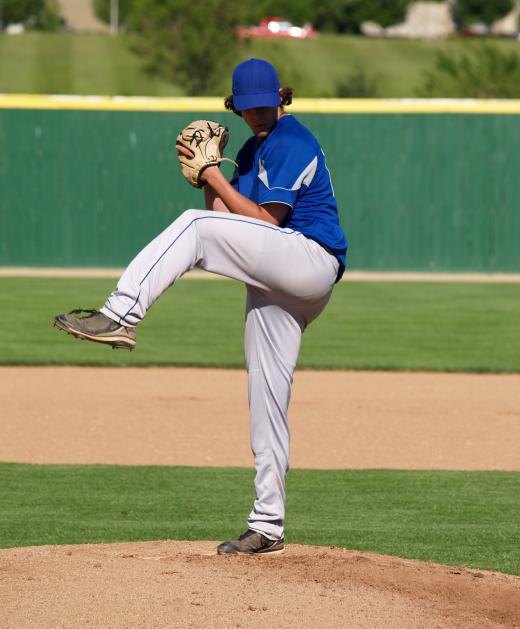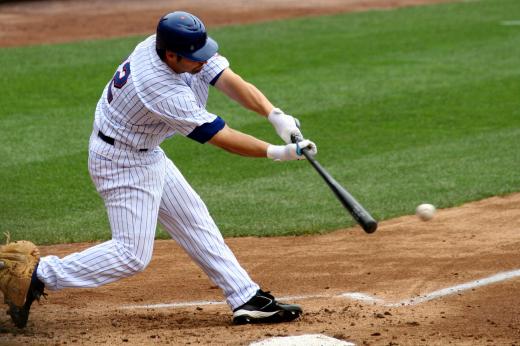Baseball is the glue that holds American sports fans together through thick and thin. This staple of American culture also has grown in popularity worldwide, giving people pleasure and relief through playing the game or watching others partake. While baseball is on the minds of many, the biomechanics of baseball is on the minds of few. This field of study is concerned with the mechanical movements made while playing baseball, and its purpose is to improve these movements to prevent injury and improve performance.
When a pitcher throws a ball, a hitter swings at a pitch, or an outfielder runs to right field to catch a pop fly, many complex actions are in motion to help these players achieve such feats. When most people are doing or watching these things, they probably seldom think of the amazing processes involved. Contraction of scores of muscles must be perfectly synchronized to perform a very specific action like hitting a ball traveling over 90 miles per hour.

The biomechanics of baseball, like the biomechanics of any specific movement, is a research-based science. It relies heavily on acquiring information, sometimes through video footage, of a particular movement. Researchers then analyze these movements in private and academic settings to gain insight about particular motions. This could help a pitcher struggling with a reoccurring shoulder injury, a batter with difficulty striking out, or a traumatic injury victim hoping to play the sport he or she loves again.

The biomechanics of baseball can help in each of these situations through studying related acts. The pitcher could be throwing a certain way that puts unneeded stress on a particular muscle, tendon, or ligament. Understanding this can help him or her change the style in a way that prevents injury. The biomechanics of baseball can help the injured player find a way to better walk or run, which with therapy, could help him or her return to the diamond. It can be beneficial for the batter who strikes out because studying film can reveal a flaw in the swinging motion that leads to more missed pitches.

The many applications of the biomechanics of baseball are obvious, and luckily, there are many talented individuals in this field dedicated to applying biomechanical knowledge to many causes. Looking at the body as a machine seems impractical, but if done correctly, it can reveal ways in which all people can improve their day-to-day motions, including those that take place during innings.
